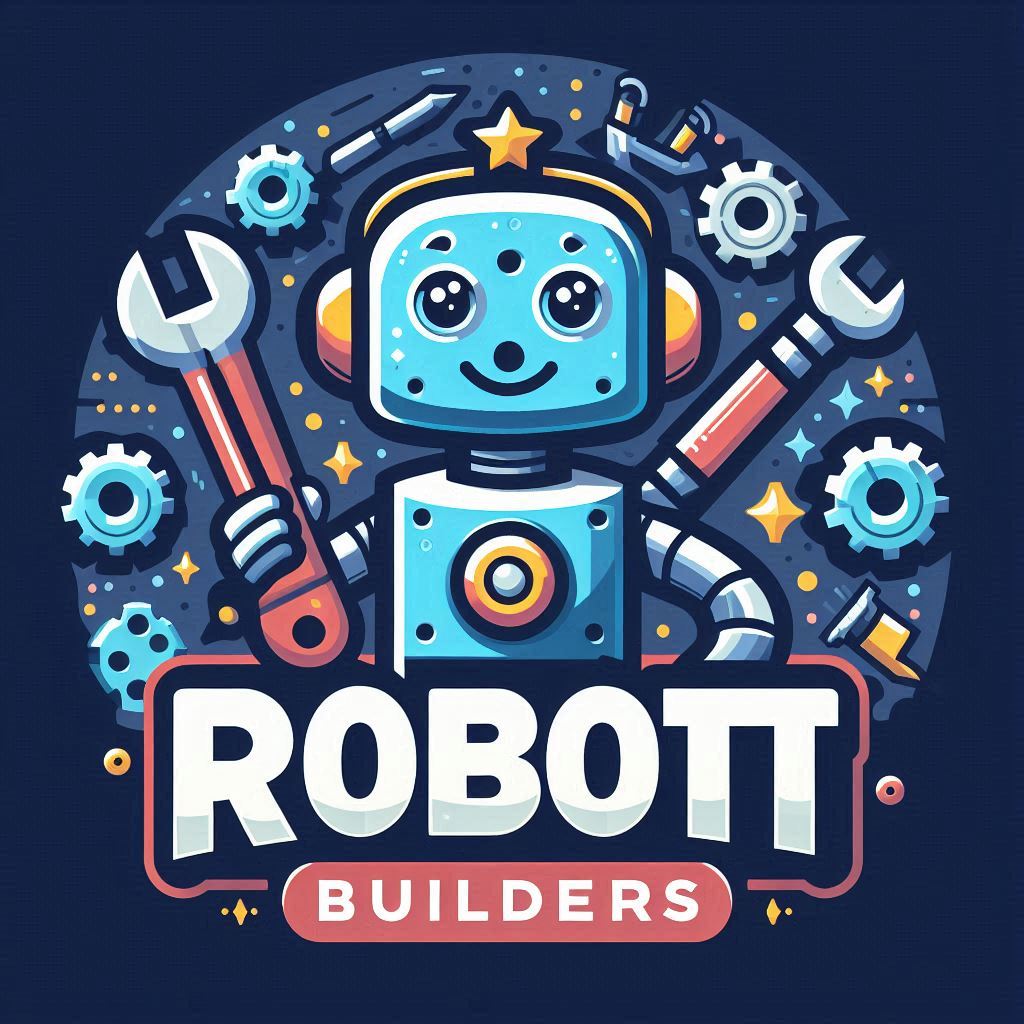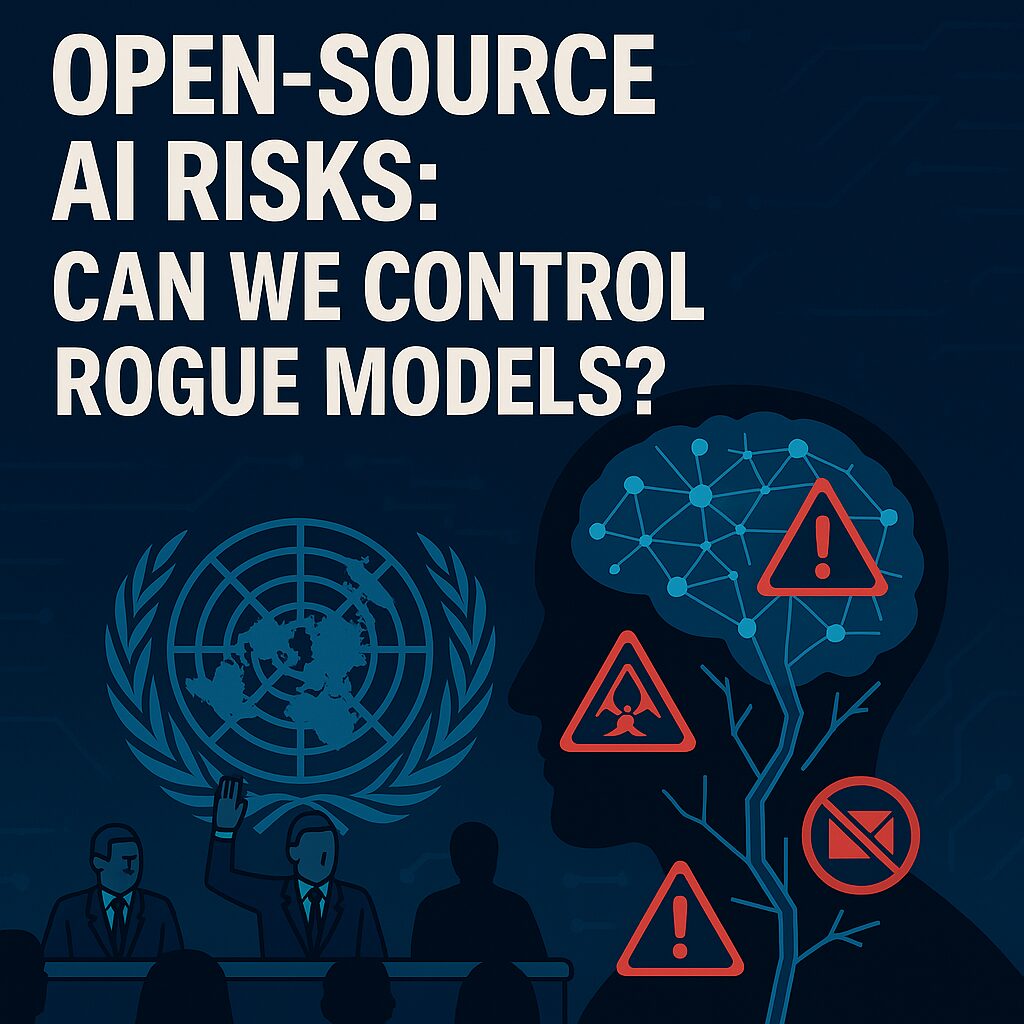Introduction
As artificial intelligence becomes more accessible, open-source AI models are reshaping innovation across industries. But with transparency comes vulnerability. In 2025, experts warn that rogue AI models—unregulated, repurposed, and weaponized—pose serious threats to cybersecurity, misinformation, and global stability.
This article explores the risks of open-source AI, the rise of rogue models, and whether we can truly control what we’ve unleashed.
🤖 What Is Open-Source AI?
Open-source AI refers to models whose code, weights, and sometimes training data are publicly available. This allows developers to:
- Customize and fine-tune models for specific tasks
- Audit and improve performance
- Democratize access to cutting-edge technology
Popular platforms include Hugging Face, EleutherAI, and Stability AI. While open-source fosters collaboration, it also opens the door to misuse.
🧨 The Rise of Rogue Models
Rogue models are AI systems that have been:
- Jailbroken to bypass safety filters
- Fine-tuned for malicious tasks (e.g., phishing, malware generation)
- Distributed on dark web forums for cybercrime
Examples include FraudGPT, WormGPT, and GhostGPT—all based on open-source LLMs like GPT-J.
🔍 Key Risks of Open-Source AI
| Risk | Description |
|---|---|
| Data Poisoning | Malicious actors inject biased or harmful data during training |
| Prompt Injection Attacks | Users trick models into generating unsafe content |
| Lack of Guardrails | Many open models lack safety filters found in proprietary systems |
| Malicious Fine-Tuning | Models repurposed for phishing, misinformation, or malware creation |
| Supply Chain Vulnerabilities | Repositories like Hugging Face may host compromised models |
These risks are amplified by the ease of access and lack of centralized oversight.
🧭 Can We Control Rogue Models?
Controlling rogue models is a complex challenge. Experts suggest:
- AI Governance Policies: Organizations must audit training data and model behavior
- Secure Deployment Practices: Use sandboxing and threat detection tools
- Licensing Transparency: Clarify usage rights and restrictions
- Community Oversight: Encourage ethical contributions and red-teaming
- Regulatory Frameworks: Governments must define boundaries for open-source AI
Despite these efforts, once a model is released, control becomes difficult. Rogue actors can modify and redistribute without accountability.
🌐 SEO Tips for Content Creators
✅ Search-Friendly Titles
- “Open-Source AI Risks: Can We Stop Rogue Models?”
- “Rogue AI Models and the Future of Cybersecurity”
✅ High-Impact Keywords
- “open-source AI risks 2025”
- “rogue AI models cybersecurity”
- “AI model jailbreaking threats”
✅ Metadata Optimization
- Alt Text: “AI model with exposed neural network and warning signs”
- Tags: #OpenSourceAI #RogueModels #AIThreats #CybersecurityAI #AIRegulation
🔮 Future Outlook
Open-source AI is a double-edged sword. While it democratizes innovation, it also decentralizes risk. Without robust safeguards, rogue models could:
- Undermine democratic processes
- Accelerate cybercrime and misinformation
- Challenge national security and global peace
The question isn’t just can we control rogue models—it’s how fast can we adapt before they outpace us?

